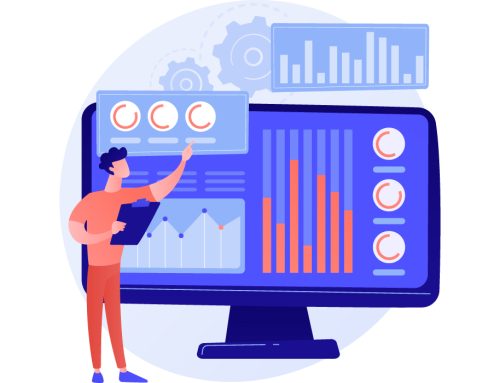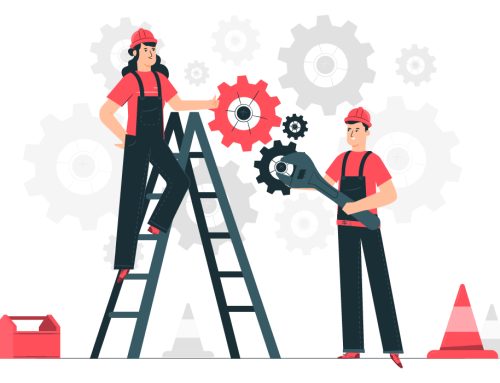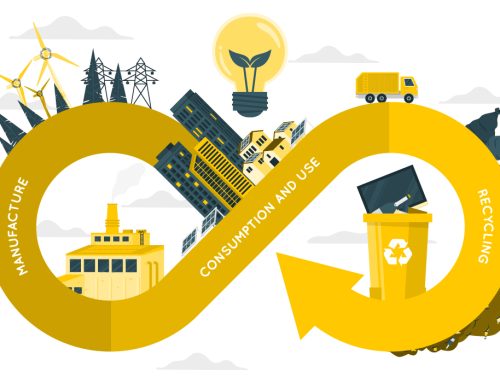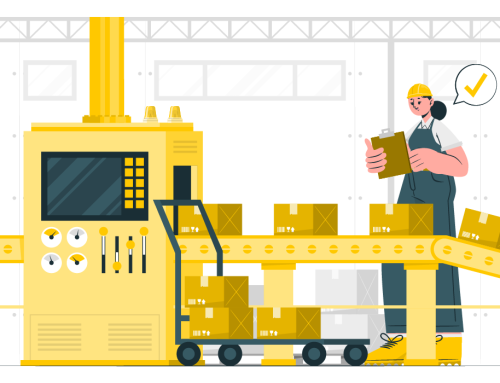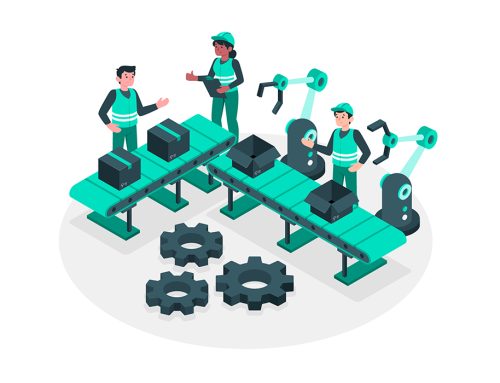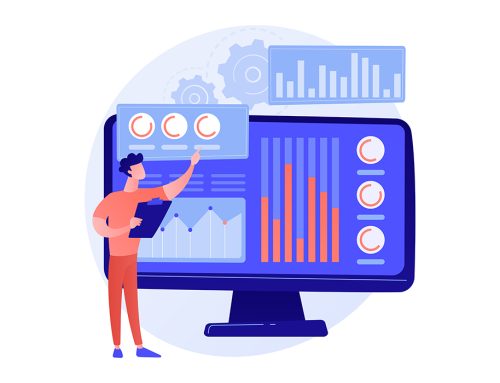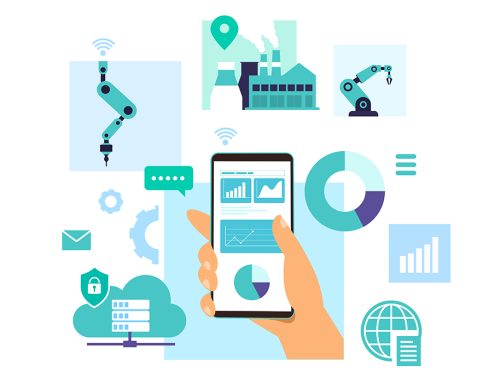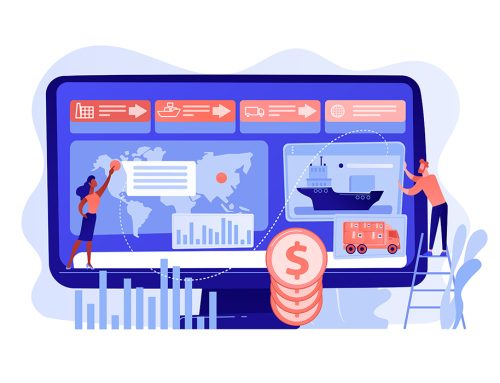Automation, in tandem with the COVID-19 recession, is creating a ‘double-disruption’ scenario for workers, states in the latest World Economic Forum report. The biggest challenge lies in upskilling for the future of works marked by advances in robotics, machines, and artificial intelligence.
Author Iva Danilovic | Copperberg

The Covid-19 pandemic jeopardized millions of jobs across the globe. While some businesses were closed, many had to rapidly shift to remote work. The majority of companies were at the beginning of their digitalization journey and were waiting for the right momentum to deep dive into transformation.
Copperberg’s 2020 Aftermarket Benchmark Survey results showed that about 70% of companies were still waiting for an opportune time when the crisis hit.
Nowadays, 78% of business leaders think that the current ways of working will negatively impact productivity as some industries struggle to adapt. Changes in the workforce and digitalization are processes that cannot happen overnight, but it has now been proven that the speed of implementation must be increased.
The acceleration will require a significant level of reskilling, upskilling, and retraining from employers to ensure staff is sufficiently equipped for the future of work in the next five years, says the World Economic Forum (WEF).
While commenting on the velocity of changes Saadia Zahidi, managing director of the WEF, told CNBC that “the window of opportunity that we have to ensure that workers have the right kinds of skills for the future just got a whole lot shorter.”
In the latest report, the WEF noted that the rise of machines and automation would eliminate up to 85 million jobs by 2025. These jobs include white-collar workers including data clerks, administrative and executive secretaries, accounting, bookkeeping and payroll clerks, auditors, client and customer service workers, and a few managerial careers such as the ones of general and operations managers.
Moreover, the manufacturing industry where disruptive technologies are shaping the future of jobs in the industry is also experiencing major changes in the workforce. This includes in-factory workers such as material-recording and stock-keeping clerks, assembly, mechanics, and machinery repairers, who are also expected to face a shortage of jobs.
On the other hand, the WEF forecasts that 97 million new jobs will be created in the near future. This means that additional 12 million jobs will be available worldwide. So could machines create more jobs than they destroy? This could be good news for some.
The jobs such as data analysts and scientists, AI and machine learning specialists, big data specialists, IoT specialists, information security analysts, software, and applications developers will face a greater demand.
Also, process automation specialists, digital marketing and strategy specialists, business development professionals, and digital transformation specialists will be highly needed.
The WEF predicts that the work will be almost equally divided among humans and machines by 2025. Computers could “handle much of the heavy lifting with respect to data processing, administrative tasks, and routine manual jobs for white and blue-collar workers.” Finally, it could be concluded that the next five years are expected to be marked by extensive and fast-paced changes. The winners will be those who can quickly adjust and prepare for what’s next on the global market, and that includes a lot of work on digitalization and automation projects.






